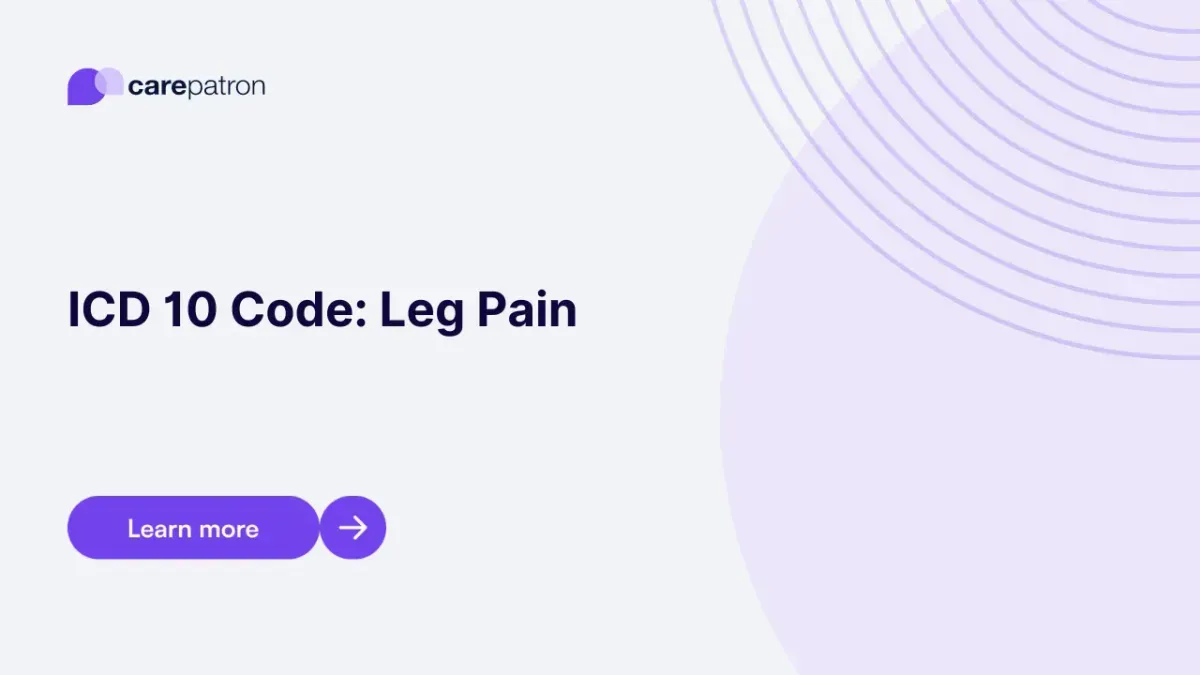
Leg Pain ICD-10-CM Codes
Learn about the ICD-10-CM codes related to leg pain, which are crucial for accurate medical documentation, billing procedures, and reimbursement purposes.
Use Code
EHR and practice management software
Get started for free
*No credit card required
Free
$0/usd
Unlimited clients
Telehealth
1GB of storage
Client portal text
Automated billing and online payments
